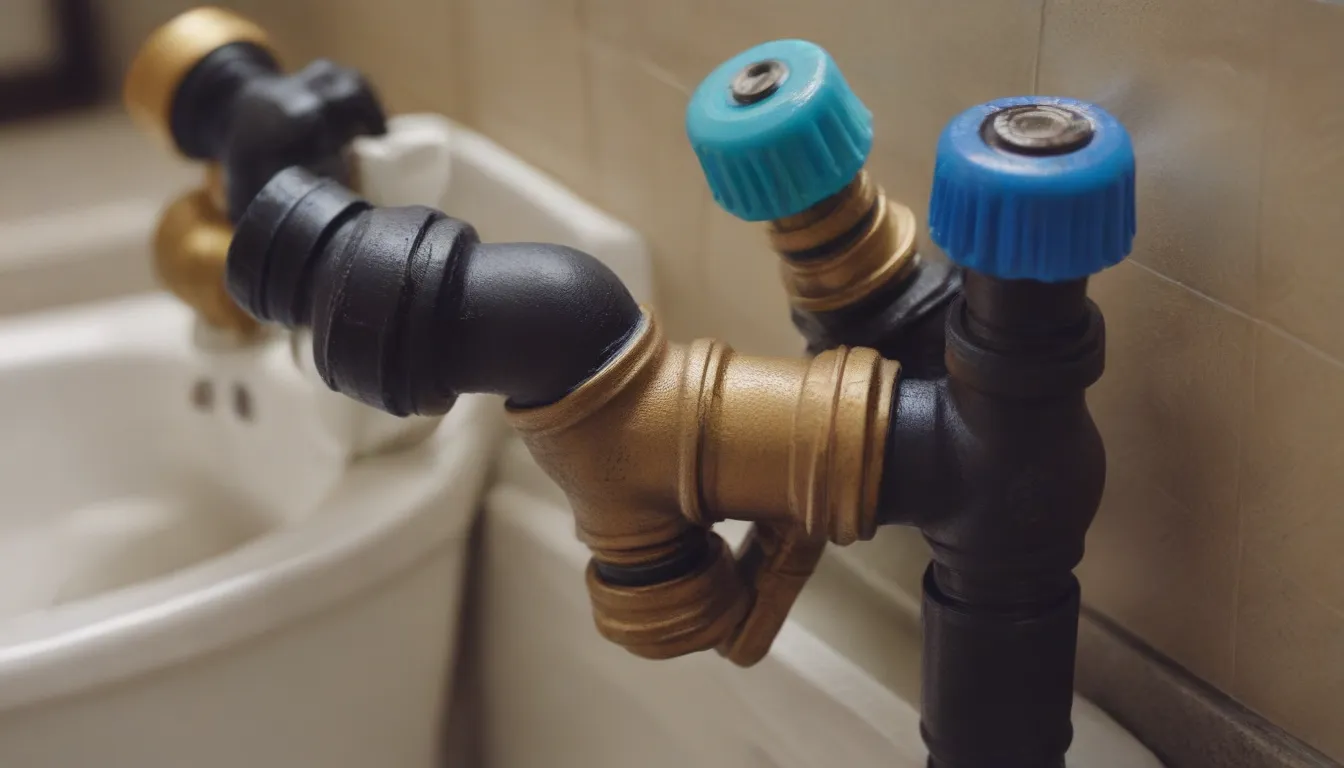Everything You Need to Know About Toilet Fill Valves

When it comes to your bathroom, one of the most essential components is your toilet fill valve. This small but mighty part is responsible for controlling the water entering the toilet tank, ensuring a proper flush each time. Understanding the different types of toilet fill valves available can help you identify and address any issues that may arise. In this guide, we will explore the five main types of toilet fill valves, providing you with valuable information to keep your toilet running smoothly.
Why Your Toilet Fill Valve Matters
Before we dive into the different types of toilet fill valves, let’s take a moment to understand why this component is so important. The fill valve plays a crucial role in the flushing mechanism of your toilet. It controls the water level in the tank, refills it after each flush, and ensures the proper operation of the entire system. When the fill valve malfunctions, it can lead to issues such as constant running water, low water pressure, or even a complete lack of flushing. By familiarizing yourself with the various fill valve types, you can troubleshoot problems more effectively and keep your toilet in top working condition.
The 5 Types of Toilet Fill Valves
- Plunger / Piston Ballcock
The plunger or piston style fill valve is a classic design that has been around for many years. Made of heavy-duty cast brass, these fill valves are known for their quiet operation. This type of ballcock features a floating ball attached to a pivoting lever that controls the water flow. While these fill valves were once common, they are now considered outdated and do not meet current plumbing codes. If you have an older plunger-style fill valve, it’s recommended to replace it with a more modern option for better performance and compliance with regulations.
- Diaphragm-Type Ballcock (Plastic Body)
The diaphragm-type ballcock is a variation of the plunger style, featuring a diaphragm seal that controls the water flow. These fill valves can come in a plastic body construction, making them lightweight and easy to install. They are anti-siphon, ensuring water safety in your toilet system. If you’re looking to replace an old ballcock with a new one, opt for a plastic diaphragm-type fill valve for improved efficiency and reliability.
- Diaphragm-Type Ballcock (Brass Body)
Similar to the plastic diaphragm-type ballcock, the brass body version offers durability and longevity. Older models like the Mansfield 07 or Wolverine Model 58577 were made of cast brass and are also anti-siphon. While brass models are still available, modern plastic versions are more commonly used due to their cost-effectiveness and ease of maintenance.
- Float-Cup Fill Valve
The float-cup fill valve is a modern design introduced in the late 1950s by Fluidmaster. This plastic fill valve features a floating cup that moves up and down to control the water level in the tank. Easy to adjust and maintain, the float-cup fill valve is a popular choice for many homeowners. It is often used as a replacement for older ballcock units and offers reliable performance in most toilet systems.
- Floatless Type Fill Valve
The floatless fill valve is a newer innovation that uses a diaphragm pressure-sensing mechanism instead of a traditional float device. Designed for low-profile toilet tanks, these fill valves are cost-effective but may have reliability issues. Professional plumbers often prefer float-cup fill valves for their proven performance and durability. If you have a floatless fill valve in your toilet, consider replacing it with a more reliable option to prevent potential problems in the future.
Tips for Maintaining Your Toilet Fill Valve
- Regularly check for leaks or running water in the toilet tank
- Inspect the fill valve for any signs of wear or damage
- Clean the fill valve and surrounding area to prevent clogs
- Consider upgrading to a newer fill valve for improved efficiency and performance
By following these simple tips and choosing the right fill valve for your toilet, you can ensure a smooth and reliable flushing experience every time. Remember, a well-maintained fill valve is the key to a properly functioning toilet system.
Whether you’re a DIY enthusiast or a homeowner looking to tackle small plumbing projects, understanding the importance of your toilet fill valve is essential. By familiarizing yourself with the different types of fill valves available and their unique features, you can troubleshoot issues effectively and keep your toilet in top condition for years to come. Happy flushing!





